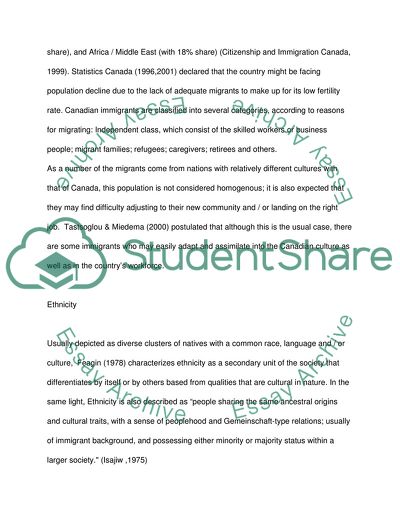Cite this document
(Health Status of Immigrants in Canada Case Study, n.d.)
Health Status of Immigrants in Canada Case Study. https://studentshare.org/sociology/1703457-health-status-of-immigrants-in-canada-the-unmet-needs
Health Status of Immigrants in Canada Case Study. https://studentshare.org/sociology/1703457-health-status-of-immigrants-in-canada-the-unmet-needs
(Health Status of Immigrants in Canada Case Study)
Health Status of Immigrants in Canada Case Study. https://studentshare.org/sociology/1703457-health-status-of-immigrants-in-canada-the-unmet-needs.
Health Status of Immigrants in Canada Case Study. https://studentshare.org/sociology/1703457-health-status-of-immigrants-in-canada-the-unmet-needs.
“Health Status of Immigrants in Canada Case Study”. https://studentshare.org/sociology/1703457-health-status-of-immigrants-in-canada-the-unmet-needs.


